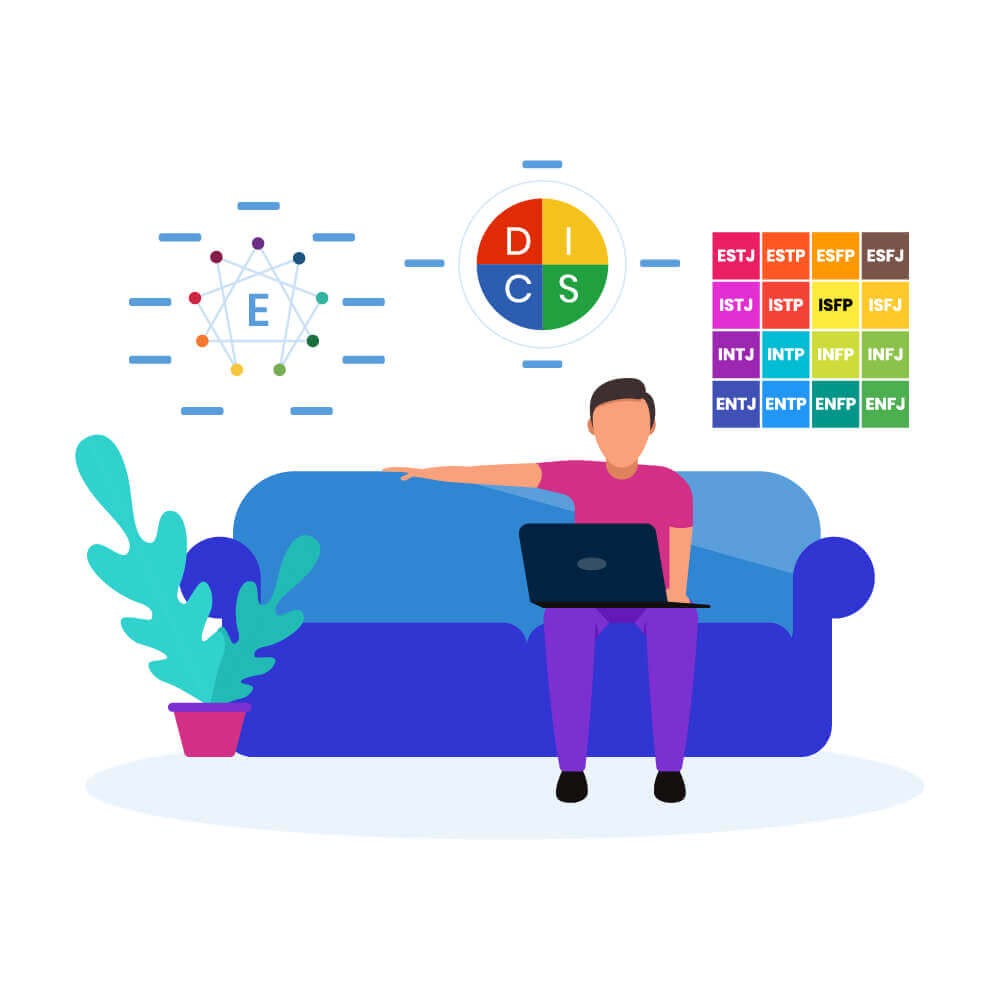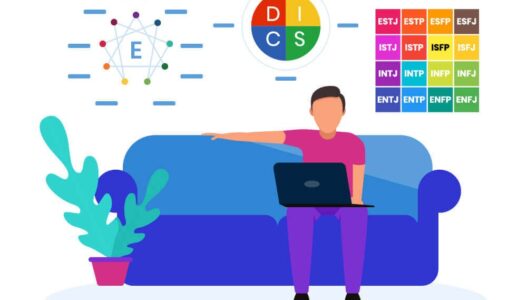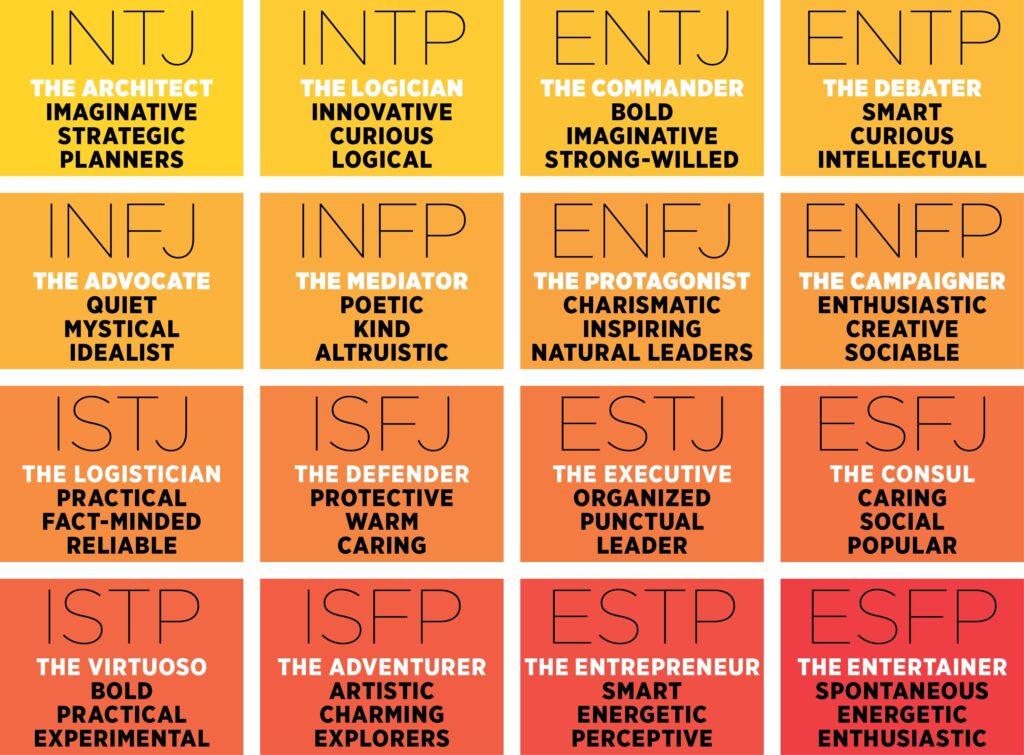By Julia Southwick, Bethany Aguad, and Joy Carandang

Technical communicators, like all other people, have personalities! In this series of articles in Memo to Members, we wanted to examine several personality tests that are currently popular. We will start by explaining why we think this topic merits your interest.
We’ve all heard various descriptors of ourselves and others, from introversion to extroversion and creative to analytical. Very likely, we’ve also all heard of numerous personality tests, including Myers Briggs Type Indicator (MBTI), Archetypes, and Enneagram types. None of these tests paint a complete picture of someone’s personality but can provide some insight, especially when combined. We hope to provide some useful information on how these tests can provide tools and a shared language for understanding ourselves and each other as technical communicators.
History of Personality Tests
You might be familiar with many personality tests, without realizing that they have their roots in language analysis. Early personality assessments, like phrenology, assessed personality traits based on physical attributes, like bumps on the skull. In the 1800s, Sir Francis Galton proposed a lexical approach to personality assessment based on his analysis of 1,000 terms used to describe personality in Roget’s Thesaurus. Further researchers applied and refined Galton’s terms based on analyzing human participants (Personality Project).
Modern-day personality tests first came into vogue in World War I, as the US military assessed soldiers to determine if they might experience shell shock, now known as PTSD (Harvard Business Review). In the 1940s, Raymond Cattell used his own set of 4,000 words to develop his Sixteen Personality Factor Questionnaire (16PF). Since then numerous tests have been developed to help companies determine employees’ strengths or to help individuals understand themselves.
Personality Types in Technical Communicators
We’ve observed some personality traits technical communicators share. We have heard numerous technical communicators profess to be on the introverted side of the MBTI. Of the technical communicators in our chapter, many have expressed their introverted nature or their love of activities that allow them to recharge and explore their own thoughts. We enjoy opportunities to collaborate but work well on our own. Past STC President Ben Woelk has long advocated for the power of introverts as leaders. In a recent interview with Scott Abel, he retold the story of his first presentation at the STC summit on his journey as an introverted leader, where he was surprised to see a full room.
The original versions of the MBTI were created by Katherine Cook Briggs and her daughter Isabel Briggs Myers starting in the late 1910s. The first edition called the Briggs Myers Type Indicator Handbook was published in 1944. It was republished as Myers-Briggs Type Indicator in 1956. There was a second edition published in 1985 and a third edition published in 1998.
The MBTI has eight letters representing different aspects of personality in pairs: I/E, N/S, T/F, and P/J. The letters stand for introvert/extrovert, intuition/sensing, thinking/feeling, and perception/judgment respectively. Each letter set answers one of the following questions:
| Questions | Option 1 | Option 2 |
| Where do you get your energy? | Introverts (I) – Spending time alone | Extroverts (E) – Spending time with others |
| How do you take in information? | Sensing (S) – Looking at facts | Intuition (N) – Getting a vibe |
| How do you make decisions? | Thinking (T) – Using logical thought | Feeling (F) – Going with your gut |
| How do you organize your world? | Judgment (J) – Planning | Perception (P) – Going with the flow |
We all have some of each letter in our personality but tend to lean more towards some than towards others. Which letters we lean towards determines what our MBTI is. There are several ways to take this test for free, we recommend using 16 Personalities.
The 8 Cognitive Functions
To better understand your MBTI results, let’s take a deeper look into the 8 Cognitive Functions. These components can be placed into two categories relating to how your actions are shaped (Judging Functions) and your perceptions of the world around you (Perceiving Functions).
Highly influenced by Carl Jung’s Theory of Cognitive Functions (sensation, intuition, thinking, and feeling), Isabel Briggs-Myers continued his work by doubling the number of functions with the inclusion of extroversion and introversion orientations into her personality test. A quick analysis of each are as follows:
Judging Functions:
- Introverted Thinking (Ti): Independent thinking which relies on past experiences and individuality to shape judgements and beliefs. These individuals are self-disciplined and have a tendency to utilize modes of deductive reasoning and analytical thinking.
- Extroverted Thinking (Te): Practical thinking which is influenced by concrete evidence and research to navigate situations. Naturally persuasive, these individuals base their judgements on rationality and logic.
- Introverted Feeling (Fi): Introverted Feelers have strong moral compasses and are known for their ability to understand and express their emotions to others. They stay true to their convictions and hold the initiative to make concrete decisions.
- Extroverted Feeling (Fe): These individuals are incredibly in-tune with others’ emotions and will often make decisions to accommodate others. Their values are shaped by a sense of community and societal conventions to promote harmony.
Perceiving Functions:
- Extroverted Sensing (Se): These individuals truly live life to the fullest. They are thrill seekers who revel in spontaneity and the stimulation of the five senses to be cognizant of incoming information at any given moment.
- Introverted Sensing (Si): Like their counterparts, Introverted Sensors are extremely acclimated to the five senses; however, in a more contemplative and tranquil way. They thrive in routine and find comfort in spending quality time alone. Stimuli allows these individuals to process their memories and present observations.
- Extroverted Intuition (Ne): This function allows individuals to harness strong communication skills as they survey circumstances from a range of viewpoints. As natural leaders, they are open to new ideas and can easily spot patterns in communication and worldly events.
- Introverted Intuition (Ni): Introverted intuits are perceptive people who enjoy delving into the minute details before interpreting the bigger picture. They rely on their acute instincts such as “light bulb moments” to make sense of the world around them.
For more information on each distinct cognitive function, check out “What are the Cognitive Functions of the 16 Personalities? | Cognitive Functions Explained” by Frank James on Youtube. This content creator regularly uploads hilarious yet accurate comedy skits about the MBTI personalities.
Julia’s Experience
I took the test in high school, and then again in college. My latest results from college are INTP. For each of these letters, I was given a percentage for how strongly I am each: Introvert (19%), iNtuitive (12%), Thinking (1%), Perceiving (9%). As you can see, I can easily flip-flop on most of them and Thinking/Feeling especially so.
I am mostly introverted but can play the role of an extrovert depending on the circumstances. If I’m in a group that I click with or talking about a topic I’m passionate about, I may seem more outgoing. However, at the end of a long gathering or event, I’ll need time by myself to recharge my social batteries. Or to put it another way, I love people- but people exhaust me.
When taking in information, I get a vibe for what I’m seeing, hearing, or in the environment I’m in. When making decisions, I think about the vibe and the facts I have. I prefer to use both my intuition and logical thinking skills simultaneously or as close to simultaneously as possible. In my experience, intuition and feeling are very similar just as sensing and thinking are to each other, especially when considering the above definitions. It’s very difficult to separate them.
When it comes to planning my week, I tend to have a loose plan and go with the flow for most changes. I see myself as a person who mostly leans towards perception over judgment. Depending on what is going on, I may want a more solid plan, like for my work events. Generally, I tend to believe plans change as life happens— if someone needs to move a meeting or change responsibilities, I go with the flow and replan because I believe we all have good reasons for needing change.
Joy’s Experience
Similarly to Julia’s experience, I had initially completed the test in high school and retook it a number of times since. My results have remained the same as an INFP, and the percentages of my latest results include Introvert (79%), iNtuitive (81%), Feeling (61%), and Prospecting (86%). Despite the lack of variability in my results, 16 Personalities recommend retaking the test as often as every six months to receive the most up-to-date results.
I believe I am introverted in the way I regain energy from social interactions by doing tasks independently such as playing the guitar or cooking. At times I can get drained easily by external stimuli such as noise levels. These factors contribute to how I prefer quiet surroundings to reach a level of comfort and productivity.
When learning new processes and patterns of information, I am very much a hands-on learner. I find that whenever I learn a new topic or idea, I end up doing further research to uncover deeper meanings or alternative perspectives. I am forever seeking new ways to view concepts and explore the possibilities of projects through implementing a variation of resources.
Looking back at my experiences, I have always enjoyed meeting people from all walks of life and working in collaborative spaces to achieve goals as a team. I make sure to listen to everyone’s opinions to the best of my ability and to let them know how much they are valued in a group setting. My most fondest memories within my academic career include the times when I have been able to gel together with a group of people to produce something meaningful and insightful to others. It is moments like these I continue to strive for in current and future endeavors.
We Want to Hear from You
No test will ever present a complete portrait of who you are, but many people find them useful for self-reflection or as tools to engage with others. We would love to hear from you about your experience with personality tests. Each test you take will give you a different perspective. Let us know what results you have gotten and how you have found that information to be useful or not.
Editor’s note: Joy joined this project in January 2023.


